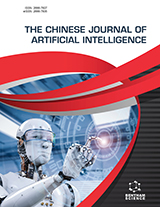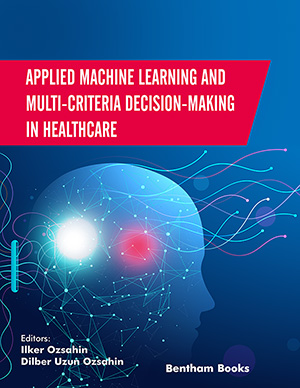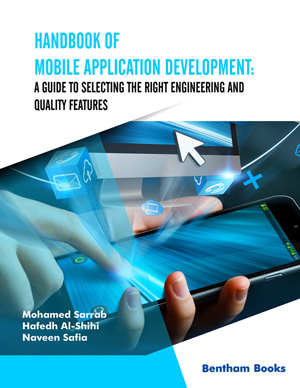Abstract
The world has many languages, each with its own unique structure in terms
of vocabulary and syntax. With the rise of the Internet, communication between people
from diverse cultures has become more common, necessitating the need for
instantaneous translation. Since human translators cannot be available at all times for
every language, the demand for effective automatic translation has grown, which
should be cost-effective and immediate. Machine Translation (MT) systems aim to
interpret one language into another by identifying and translating morphological
inflections, Part of Speech (PoS), and word order according to the language's structure.
MT is an interdisciplinary research field that combines artificial intelligence (AI),
linguistics, and grammar engineering (GE), and has been around for almost five
decades. Every language has its unique structure, consisting of phonemes, morphemes,
lexemes, grammar, and context, along with semantics and pragmatics, which work
collectively for effective communication. The Google Translate tool can translate over
100 languages in both directions. MT systems can be bilingual or multilingual,
depending on whether they interpret a single pair of languages or more than one pair of
languages. They can also be unidirectional or bidirectional, depending on whether they
translate in one direction only or in both directions.






















